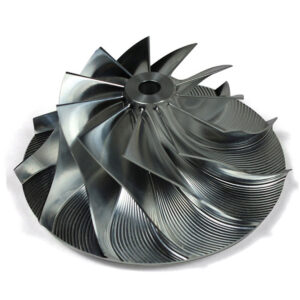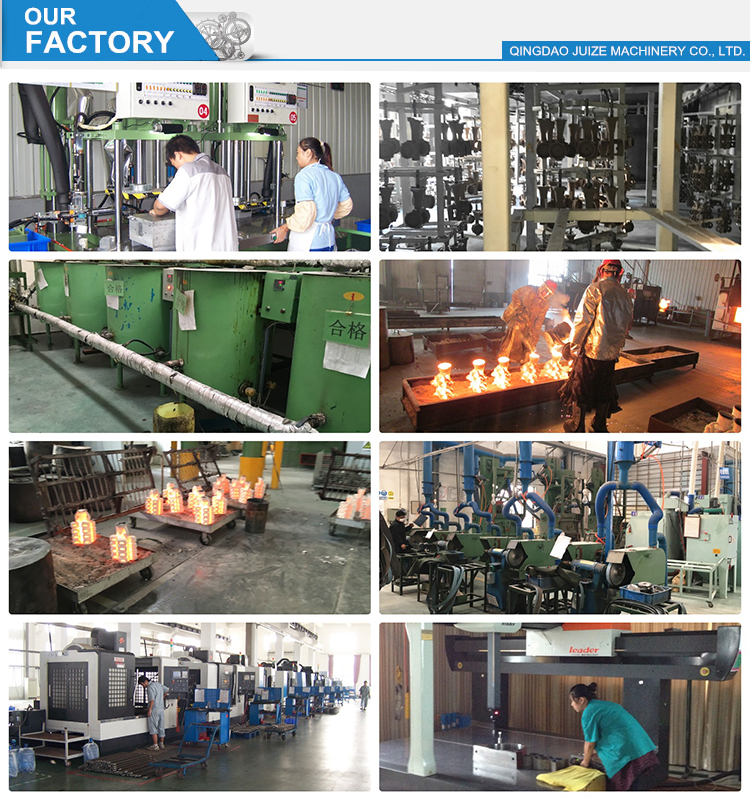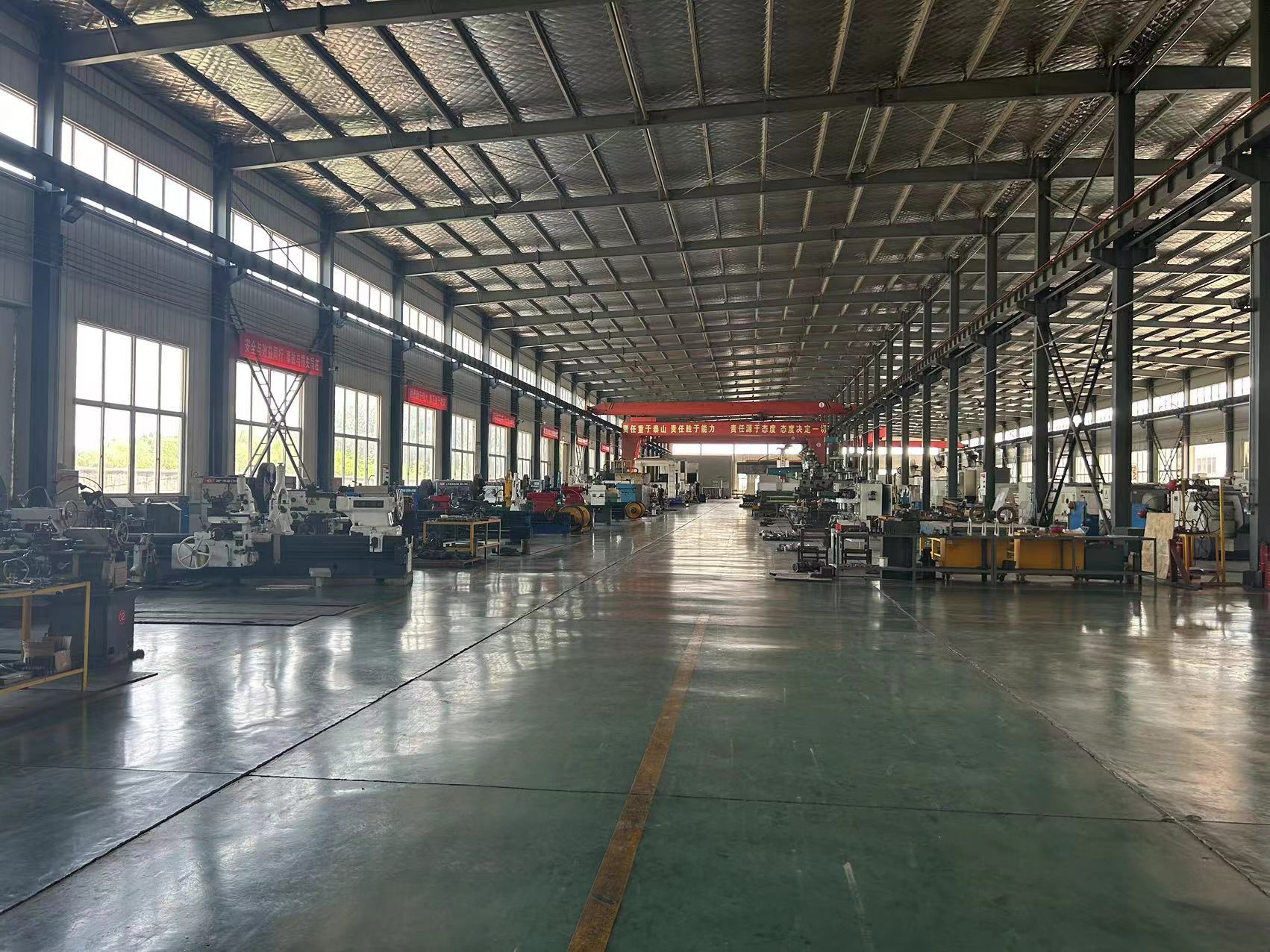
Porosity and shrinkage defects often occur during the production of stainless steel investment casting, whether flat ingots or round ingots. Porosity and shrinkage porosity are like twin sisters, often living together, causing a lot of trouble to process. The existence of circular holes in the stainless steel casting structure is called pores. It is a bubble defect formed by the gas precipitated in the ingot during the cooling and solidification process of the metal liquid. Shrinkage occurs during the solidification process of the stainless steel casting structure. Since the volume of stainless steel cannot be well replenished during the liquid and solidification processes, scattered holes are produced. The main factors for the formation of pores: the gas in the dissolving melt is in a saturated state, there is a large amount of non-metallic slag inclusions in the solution, and the gas floats slowly during the casting process, so the bubbles will stay in the ingot to generate pores.
There are several reasons for shrinkage:
1. The melt is overheated.
2. The gas content in the melt is too high.
3. The casting temperature is too low.
4. The cooling intensity is small and the casting speed is too fast.
5. The funnel supply flow is uneven.
6. The oven is not thorough and the shutdown time is too long.
7. Tools, refining gases, solvents, etc. are wet or incomplete.
8. High magnesium alloy coverage is not good.
Porosity and shrinkage porosity are some of the most common defects in stainless steel casting. Stainless steel smelting and casting technology (process regulations) are developed around porosity and shrinkage porosity defects.
How to solve the problem of porosity and shrinkage defects?
Take several steps:
1. It is to control the impurity content of chemical components (reduce non-metallic inclusions)
2. The solid material feeding is changed to liquid material feeding (shortening the melting time)
3. Strengthen refining and degassing. 4. Change the original specifications of small round ingots to large round ingots (to reduce the casting speed and change the excessive belt size) to avoid losses.
Causes of stomata:
1. The furnace is overhauled or repaired, and the furnace is not completely dried after being shut down for a long time.
2. The raw materials are wet, oily, and watery.
3. The quality of lubricating oil is not good.
4. The melt is overheated in the furnace.
5. The tools are not completely dry.
6. The gas moisture is too high.
7. The smelting time is too long.
Shrinkage is generally divided into two types: one is shrinkage generated during shrinkage, and the other is shrinkage caused by incomplete removal of dissolved gas. The main factors for the formation of shrinkage porosity are related to the gas content of the melt and the size, shape, and structure of the excessive zone during ingot forming.
Summary:
1. Strengthen the control of component impurities and effectively reduce the increase in non-metallic slag inclusions.
2. The use of liquid feed shortens the residence time of metal in the furnace, allowing the gas in the furnace to be released and decomposed under the action of unsaturation.
3. The upper limit is adopted for stainless steel casting temperature.
4. Reduce the casting speed and change the structure of the liquid cavity transition zone so that the remaining gas has enough space to float.
5. Effective degassing and refining.
6. The formulation of melting and casting process technology is not static. Under special circumstances, a plan must be adopted decisively to prevent the occurrence of product quality defects.





